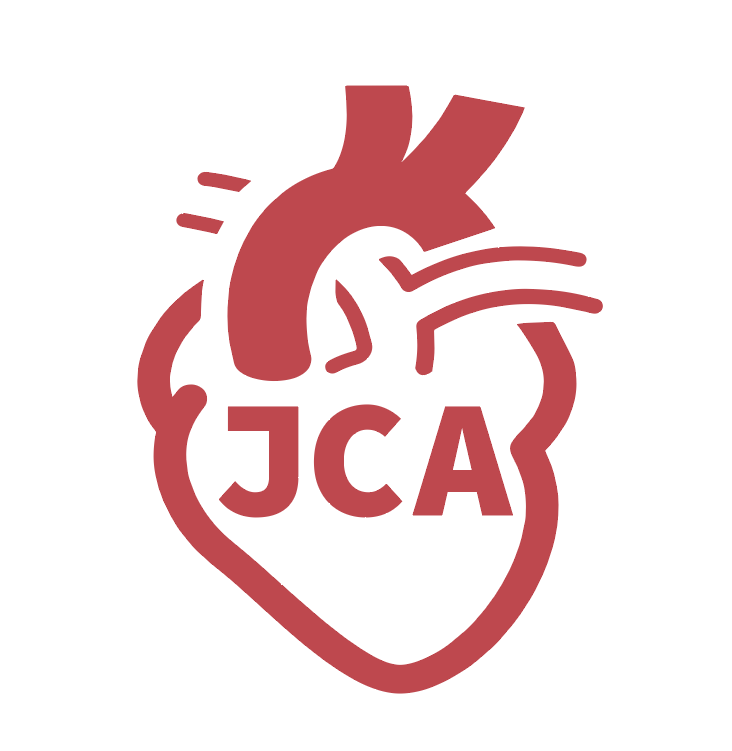fig3
Figure 3. Cardiac energy metabolism. Glucose and fatty acids are the main substrates for mitochondrial energy production in the heart. Substrates are catabolized in order to enter mitochondria and subsequent input into cyclic pathways [tricarboxylic acid cycle (TCA); fatty acid β-oxidation], yielding nicotinamide adenine dinucleotide (NADH) and flavin adenine dinucleotide (FADH2). NADH and FADH2 feed electrons into the electron transfer system, generating a proton gradient across the inner mitochondrial membrane. This proton gradient enables the regeneration of adenosine triphosphate (ATP) from adenosine diphosphate (ADP) at the F¬1F0ATPase complex. The creatine kinase shuttle facilitates the rapid exchange of ATP and ADP between the myofilaments and mitochondria. Created in BioRender. Nollet E (2025) https://BioRender.com/5j35tv9. LDH: Lactate dehydrogenase; MPC: mitochondrial pyruvate carrier; PDH: pyruvate dehydrogenase; FAD: flavin adenine dinucleotide; NAD: nicotinamide adenine dinucleotide; SDH: succinate dehydrogenase; CI: complex I; CII: complex II; CIII: complex III; CIV: complex IV; ETFDH: electron-transferring-flavoprotein dehydrogenase; CETF: electron transfer flavoprotein complex.









